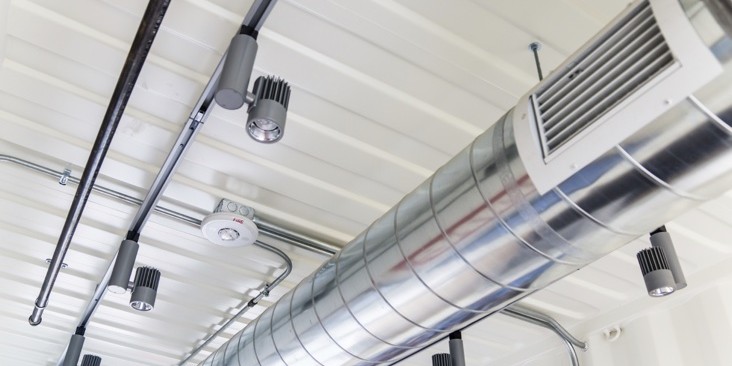First of all, I know how to measure and multiply and add.
I’m considering a new HVAC system and am trying to do a little research on my own.
My main floor living area is 2000 ft 2. Downstairs is 90% underground and a finished 1500 ft2. When my system was installed 30 years ago, my basement was unfinished.
Do I just add them together or do I discount my underground living area?
My old Lennox Pulse from 1993 still running strong.
I’m considering a new HVAC system and am trying to do a little research on my own.
My main floor living area is 2000 ft 2. Downstairs is 90% underground and a finished 1500 ft2. When my system was installed 30 years ago, my basement was unfinished.
Do I just add them together or do I discount my underground living area?
My old Lennox Pulse from 1993 still running strong.

